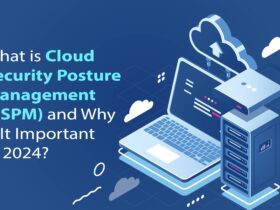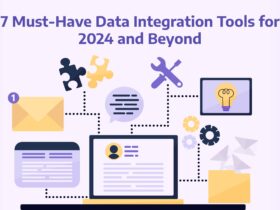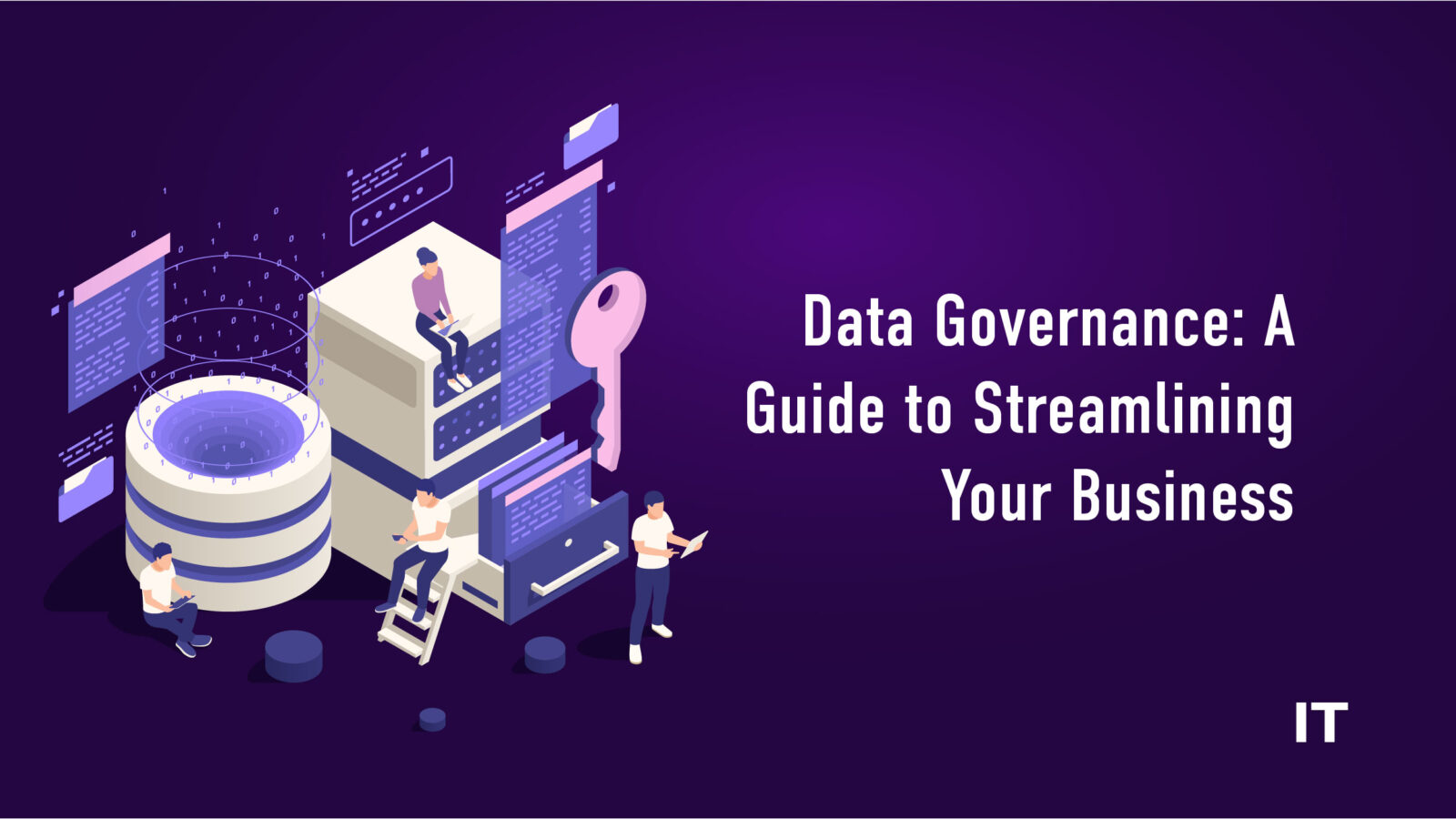In the digital age, data is often considered an organization’s most valuable asset. However, to leverage this asset effectively, organizations must navigate a complex landscape of data collection, storage, and usage while adhering to ever-evolving data privacy regulations. This is where data governance emerges as a critical practice. Without further ado, let’s understand everything about it.
What is Data Governance?
Data governance (DG) encompasses the meticulous management of data in enterprise systems, focusing on factors like availability, usability, integrity, and security. It relies on internal data standards and policies that dictate data usage, ensuring it remains consistent, trustworthy, and safeguarded against misuse. With the growing importance of data privacy regulations and the increasing reliance on data analytics for operational optimization and decision-making, effective DG is paramount.
Typically, a well-structured data governance framework involves a dedicated governance team, a steering committee serving as the governing body, and a team of data stewards. Collaboratively, they establish the standards and policies governing data, along with procedures for implementation and enforcement, primarily handled by the data stewards. The involvement of executives and representatives from various business operations, alongside IT and data management teams, is considered ideal.
Significance of Data Governance
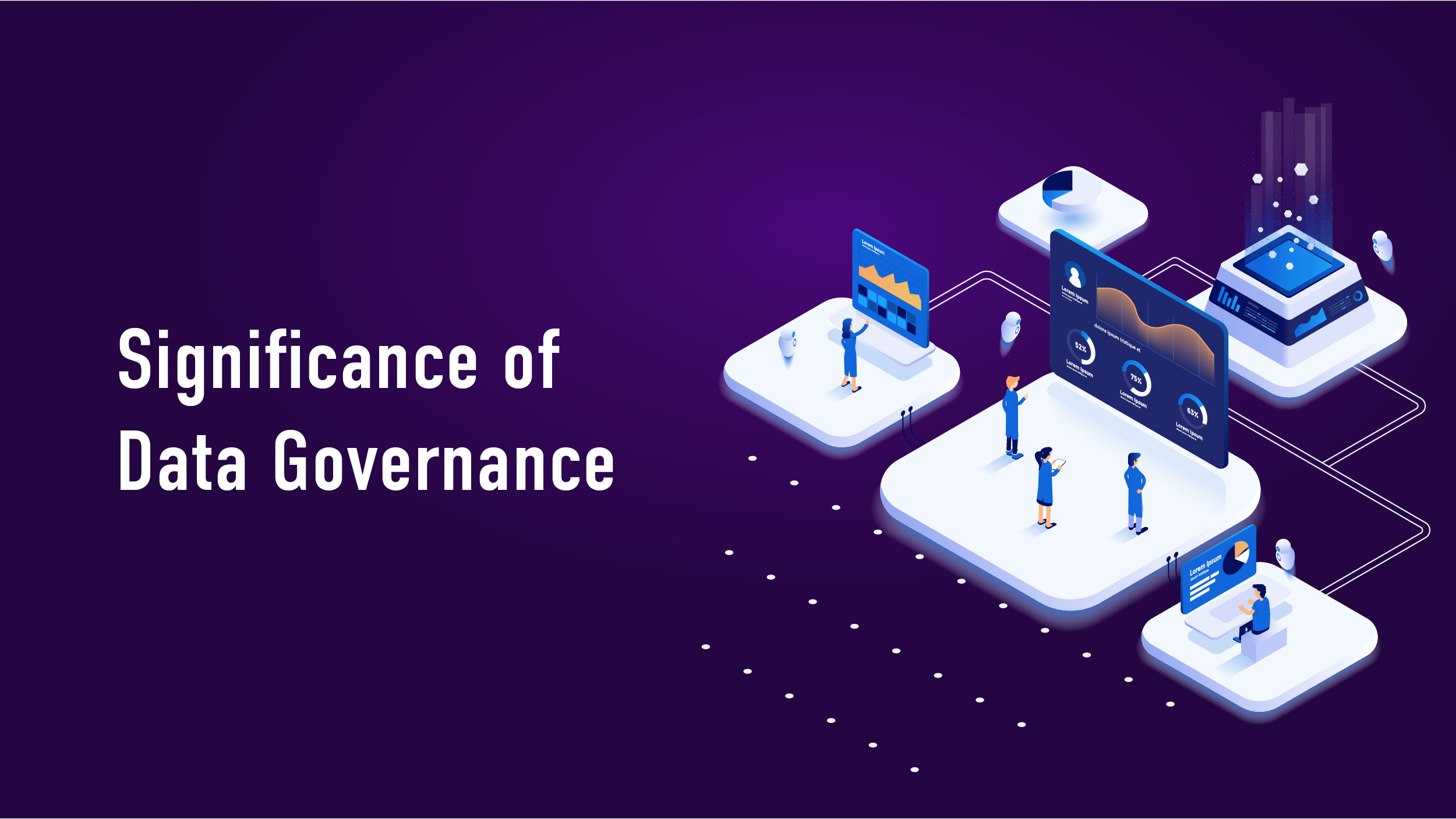 DG plays a pivotal role in ensuring the harmonious alignment of data across an organization. In its absence, data disparities between various systems can persist without resolution. For instance, customer names may exhibit variations in sales, logistics, and customer service systems, potentially complicating data integration efforts. This misalignment gives rise to data integrity issues that can directly impact the precision of business intelligence (BI), enterprise reporting, and analytical applications. Additionally, data discrepancies may remain unidentified and unaddressed, further exacerbating inaccuracies in BI and analytics.
DG plays a pivotal role in ensuring the harmonious alignment of data across an organization. In its absence, data disparities between various systems can persist without resolution. For instance, customer names may exhibit variations in sales, logistics, and customer service systems, potentially complicating data integration efforts. This misalignment gives rise to data integrity issues that can directly impact the precision of business intelligence (BI), enterprise reporting, and analytical applications. Additionally, data discrepancies may remain unidentified and unaddressed, further exacerbating inaccuracies in BI and analytics.
Additionally, subpar DG can pose significant hurdles to regulatory compliance endeavors. This can prove particularly challenging for organizations obligated to adhere to an increasing number of data privacy and protection laws, such as the European Union’s GDPR and the California Consumer Privacy Act (CCPA). A robust enterprise data governance program is typically characterized by the establishment of standardized data definitions and data formats, universally applied across all business systems. This approach serves to enhance data consistency, benefiting both business operations and compliance requirements.
Data Governance: Objectives and Advantages
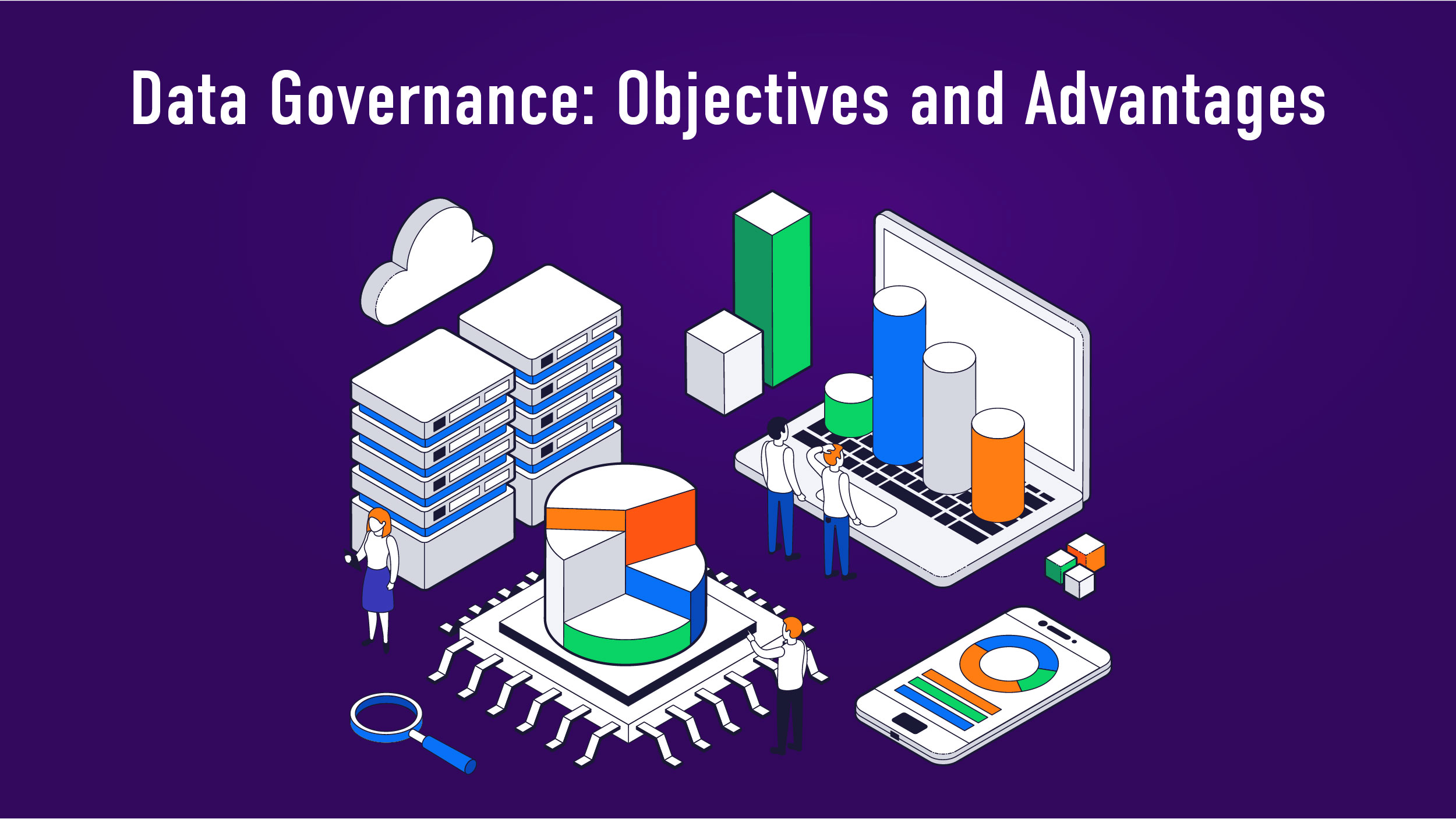 Data governance, at its core, aims to dismantle data silos that tend to form within organizations. These silos often emerge when individual business units implement separate transaction processing systems without central coordination or an overarching enterprise data architecture. DG endeavors to unify the data scattered across these systems through a collaborative approach, involving stakeholders from various business units.
Data governance, at its core, aims to dismantle data silos that tend to form within organizations. These silos often emerge when individual business units implement separate transaction processing systems without central coordination or an overarching enterprise data architecture. DG endeavors to unify the data scattered across these systems through a collaborative approach, involving stakeholders from various business units.
Another key objective is ensuring the proper utilization of data, which entails preventing the introduction of data errors into systems and thwarting the potential misuse of sensitive information, such as customer data. This is achieved by establishing consistent policies governing data usage, alongside procedures for ongoing monitoring and enforcement. Additionally, it also aims to strike a balance between data collection practices and the imperative of maintaining privacy.
The advantages stemming from data governance are multifaceted. They encompass enhanced data quality, reduced data management costs, and greater accessibility to essential data for data scientists, analysts, and business users. Ultimately, DG serves to elevate business decision-making by providing executives with more robust and reliable information. Ideally, this leads to competitive advantages, increased revenue, and improved profits.
What are the Challenges in Data Governance?
While the advantages of DG are evident, there are several obstacles as well. Some of these challenges include:
- Organizational Alignment: Establishing alignment among stakeholders across the organization is a significant challenge in the early stages of a DG program. Agreeing on the core data assets, their definitions, and formats is crucial. While regulatory policies may facilitate discussions regarding customer data, reaching a consensus on other datasets, particularly those falling under master data management (MDM), such as product-specific data, can be more complex.
- Lack of Appropriate Sponsorship: Effective governance programs typically necessitate sponsorship at two levels—executive and individual contributor. Chief Data Officers (CDOs) and data stewards play vital roles in communicating and prioritizing DG within an organization. CDOs oversee and enforce accountability across data teams, ensuring the adoption of DG policies. Data stewards raise awareness of these policies among data producers and consumers, encouraging compliance throughout the organization.
- Requisite Data Architecture and Processes: Without the appropriate tools and data architecture, companies may encounter difficulties when implementing an effective data governance program. For instance, teams may identify redundant data across different functions, but data architects must design suitable data models and architectures to integrate data across storage systems. Teams may also need to employ a data catalog to inventory data assets throughout the organization. Additionally, implementing a process for metadata management is essential to ensure that the underlying data remains relevant and up-to-date.
Data Governance Tools
When seeking the appropriate DG solution for your organization, consider open-source, scalable tools that can be seamlessly and cost-effectively integrated into your existing environment. Opting for a cloud-based platform offers the advantage of quick access to robust, cost-efficient capabilities while avoiding the overhead associated with on-premises servers.
During the process of comparing and selecting DG tools, prioritize those that align with the business benefits outlined in your data governance strategy. These tools should enable you to:
- Capture and comprehend your data using discovery, profiling, and benchmarking tools and capabilities. For instance, suitable tools can automatically identify personal data, such as social security numbers, within new datasets and trigger alerts.
- Enhance the quality of your data through validation, data cleansing, and data enrichment.
- Manage your data with metadata-driven Extract, Transform, Load (ETL) and Extract, Load, Transform (ELT) processes, as well as data integration applications, allowing for end-to-end data lineage tracking.
- Exercise control over your data with tools for active review and monitoring.
- Document your data, enhancing it with metadata to improve its relevance, linkability, accessibility, searchability, and compliance.
- Empower data experts to contribute to data stewardship tasks through self-service tools.
In Conclusion
Data governance plays a pivotal role in ensuring the availability, usability, integrity, and security of data within an organization. It not only addresses the challenges of data inconsistencies and regulatory compliance but also delivers a host of benefits, including improved data quality, cost reduction, and enhanced access to data for informed decision-making.






















